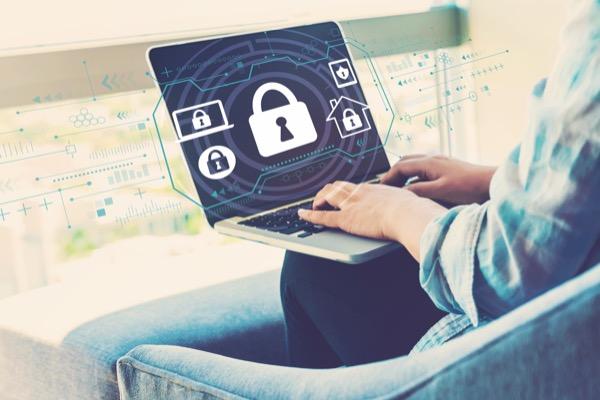Helping Out People Being Stalked Online

SANS Internet Storm Center Blog has an article covering online stalking. It discusses online stalking protective actions to take and gives some resources on some helpful organizations.
Below are some of the points from the article:
1. Figure out if law enforcement needs to be involved.
In particular, if a person is currently being threatened: Understand the limitations of what you can do. It can be difficult for a victim at times to reach out to law enforcement, and law enforcement is also not always equipped to properly deal with these issues. But insist that the victim will at least try to do so. In particular, if the victim is threatened with physical harm. If for whatever reason, law enforcement isn’t an option or doesn’t assist: Try to connect the victim to a local advocacy group that can provide help beyond the technical issues, and connects them to someone with experience in these cases.
2. Avoid contact in person
You probably will have the best intention. But do not visit a person you do not know at their home. In particular not alone. Just to make the point: Many years ago we had an ISC handler attempt to do so (the victim was living close by). Luckily the handler backed out last minute. The “victim” was later arrested trying to kill someone else they suggested of being involved in the plot against them (a radio host who as far as I could tell was accused by the shooter of operating mind control rays).
3. Be careful as to what technical self-help you offer
Many responses to Jack’s tweet suggested books and websites that will educate about various techniques to secure your computing equipment and how to detect tools like keyloggers and network sniffers. Many of these sites offer great content. But be aware that not everybody knows what a cookie or an IP address is. Confirmation bias is a dangerous tool in the hands of an abuser who already convinced the victim that they are helpless. You may unintentionally make things worse by trying to help.
So what should you do? If this is a good friend or relative: By all means, go over, take a look at their system, try to find malware. If you do find malware: Explain to the victim what is going on. Try to find out (and this isn’t easy!) if this was malware placed by a stalker or if this was “run of the mill” malware the victim inadvertently installed. If you don’t find anything: Explain some safe computing tips. But please understand your limitations. Refer the victim to a local abuse hotline or group specializing in not just the technical side (e.g. Operation Safe Escape or other groups with a local presence in your area)
Here some links to organizations people recommended:
- Operation Safe Escape: https://safeescape.org/
- Coalition Against Stalkerware http://stopstalkerware.org/
- Battling Against Demeaning and Abusive Selfie Sharing https://badassarmy.org/
Below is the link to the article:
https://isc.sans.edu/diary/rss/26422?fbclid=IwAR0tLgdpXjf58K8rjgMvVeKyFDsL857G3O_w67ed30_gCwED5BFqeZPsSlY
Lofgren IT Consulting is continuing to be open for business. Shane Lofgren can be available for remote support and on-site as needed.
On-site visits: Face masks are available and encouraged. Hands are sanitized between clients
Need to offer remote access for employees or online client counseling? Let’s make the transition smooth, easy and secure.
Offering support on existing network and computers, security reviews, website design and maintenance.
